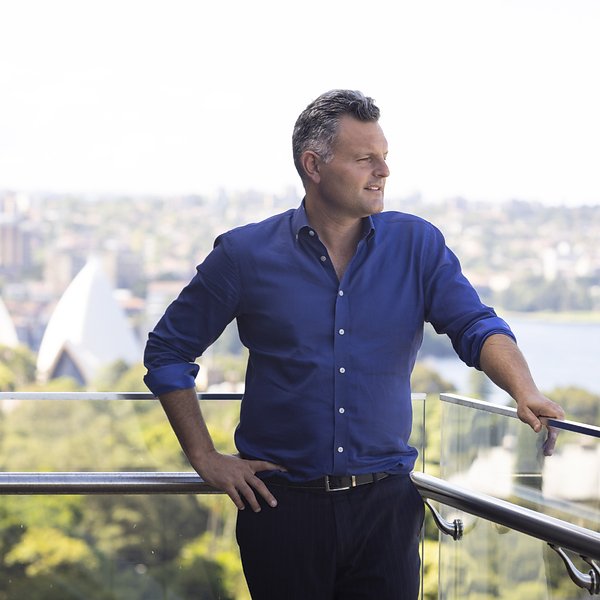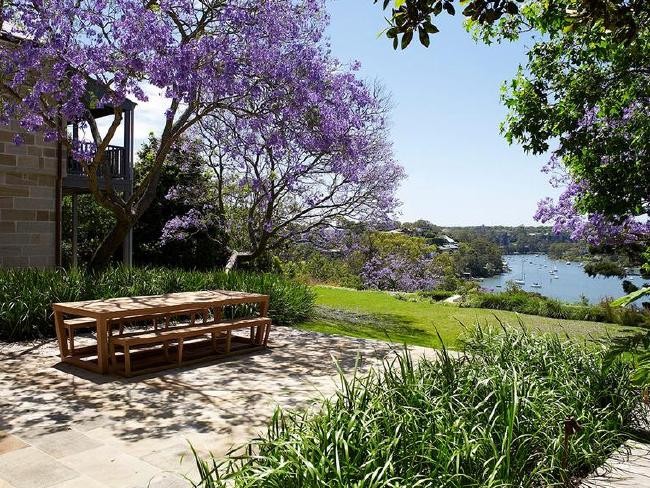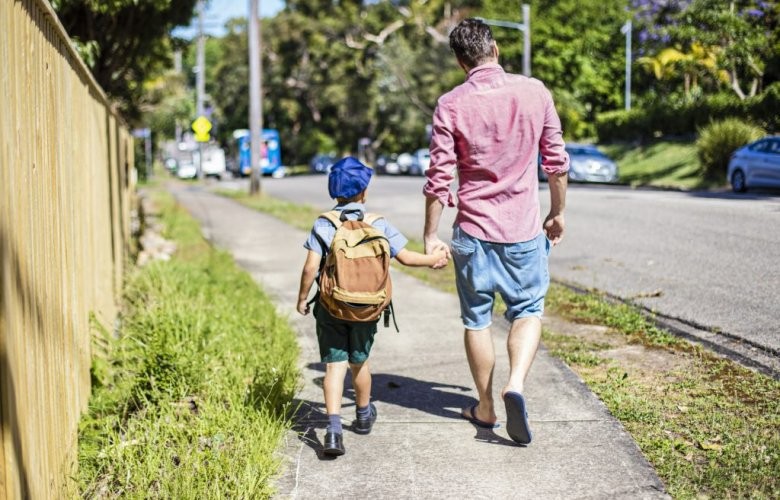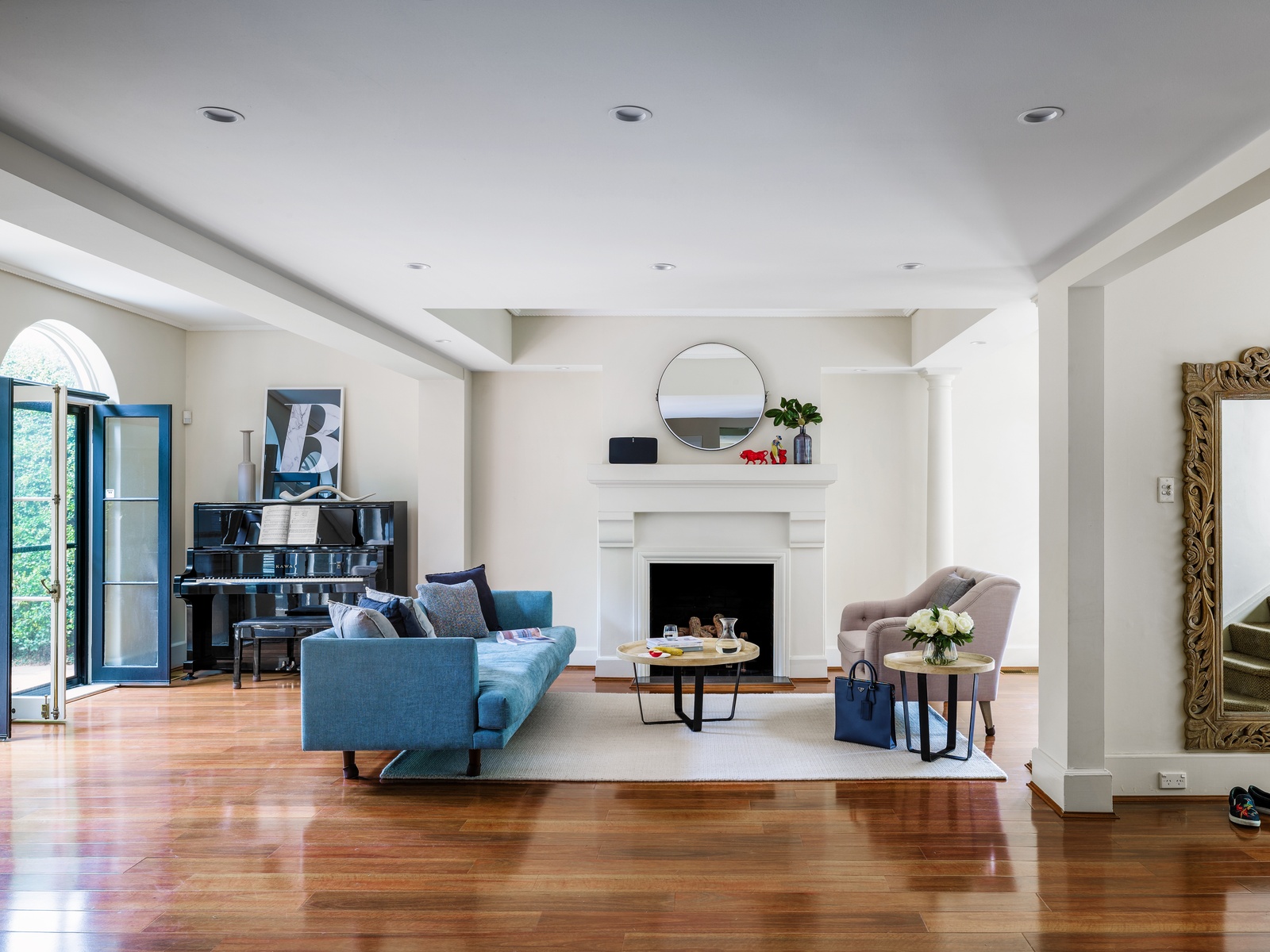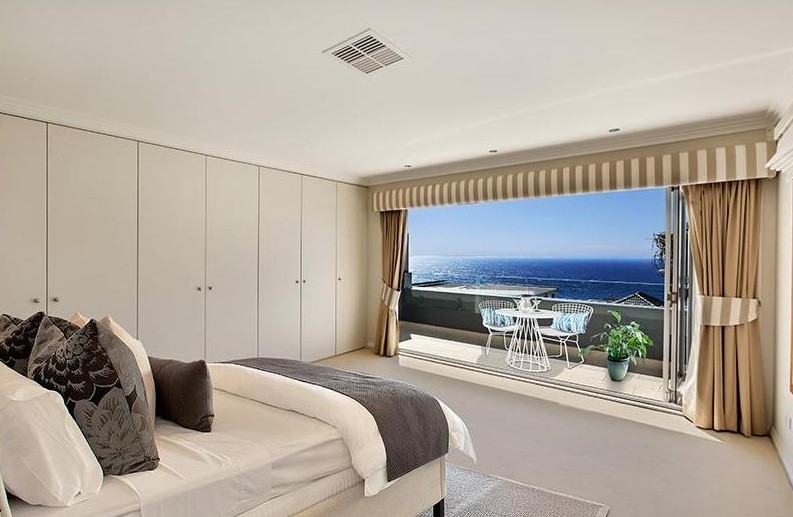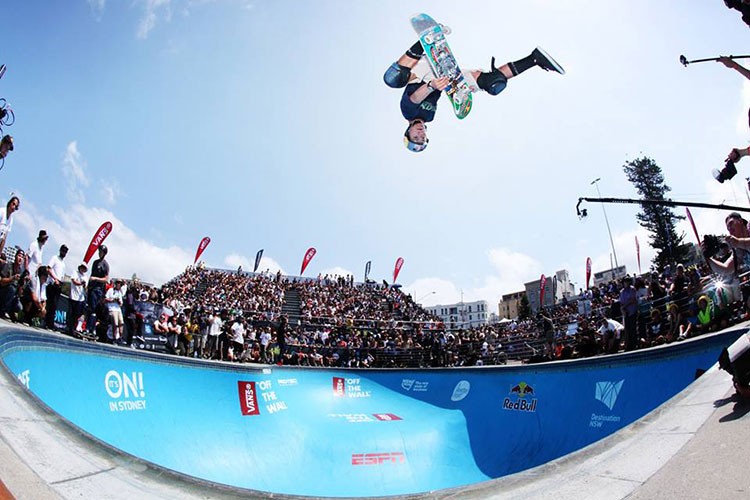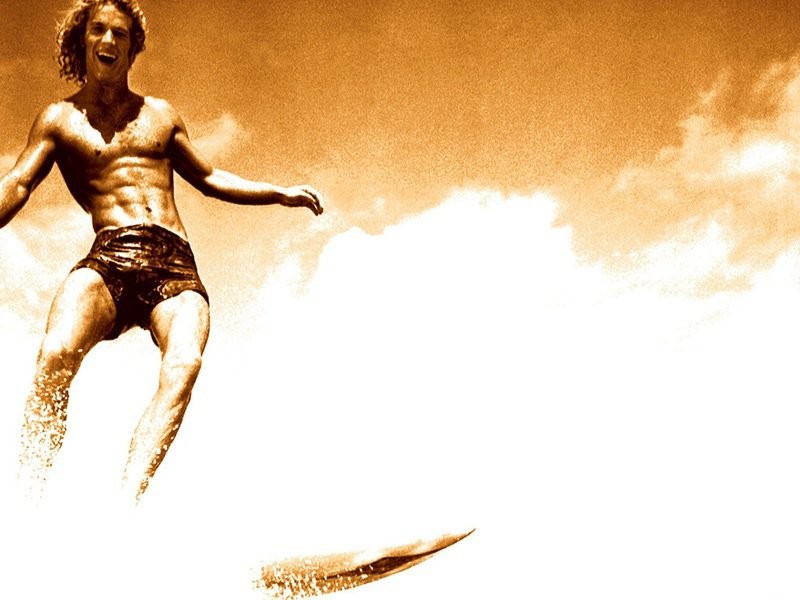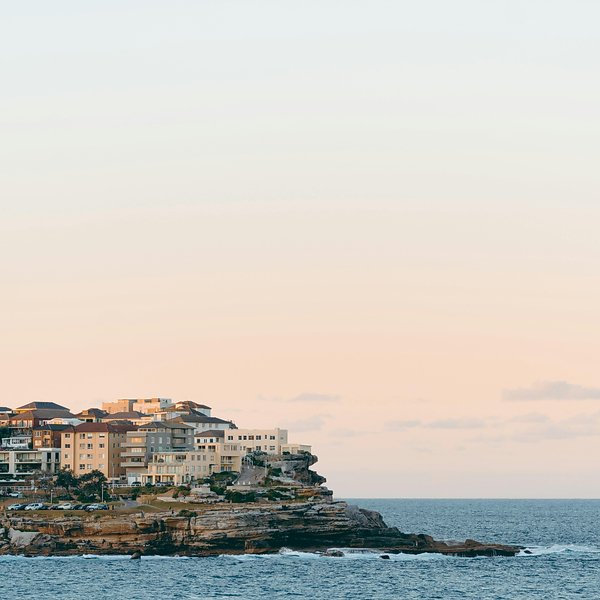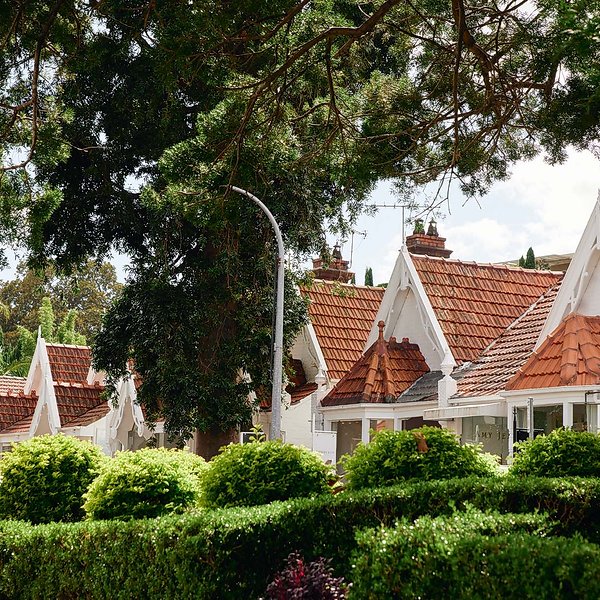The three key factors behind Sydney's price boom
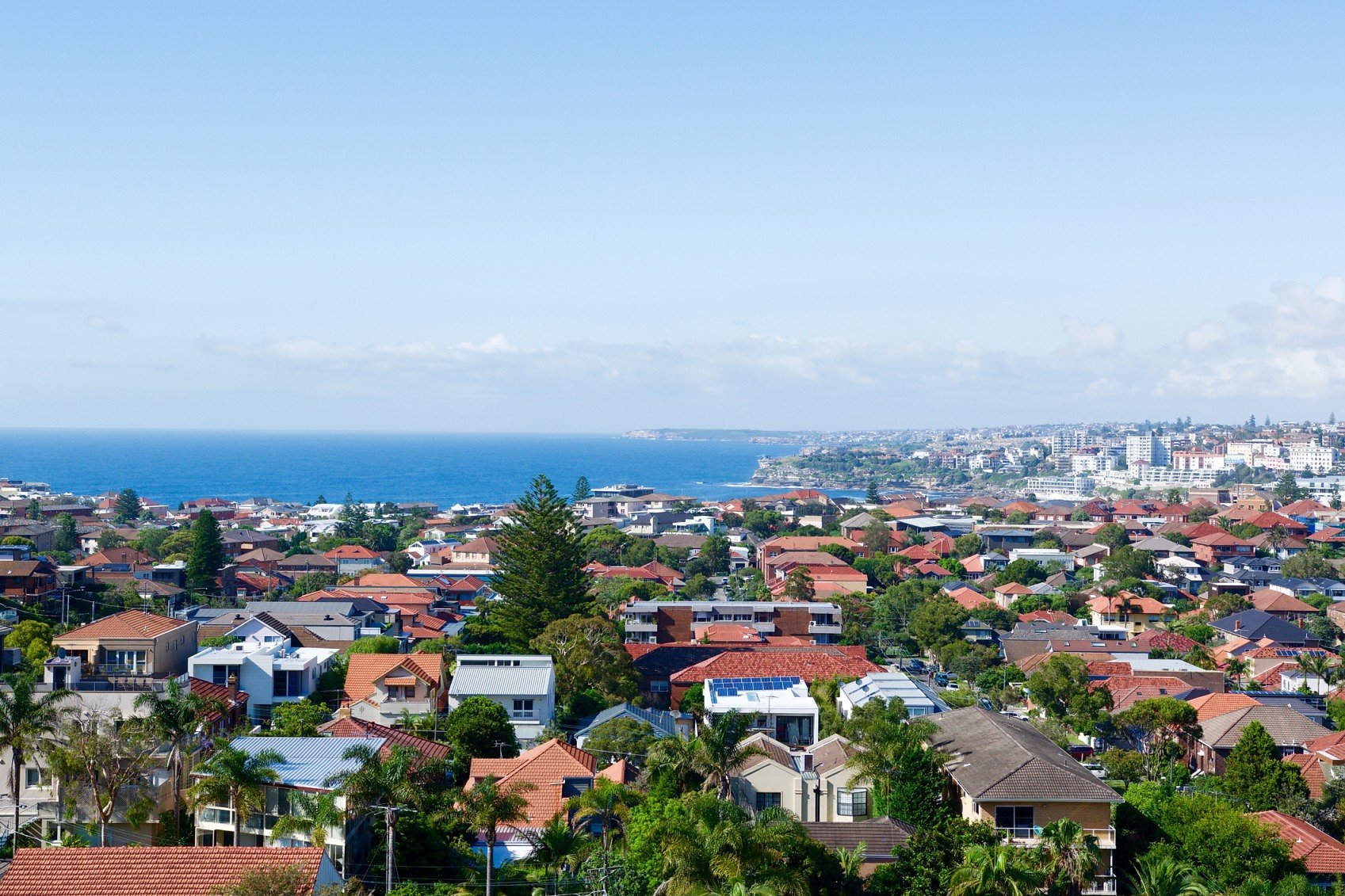
Good places to invest are places with excellent infrastructure, including the nuts-and-bolts elements such as schools, shops and public transport.
And the markets most likely to grow in future are those where there’s big spending on new infrastructure - with transport facilities the most influential (although medical and educational infrastructure are also big).
Sydney’s recent price boom was created by three key factors - the strongest economy in the nation, pent-up demand after a decade of under-performance, and big, big spending on infrastructure, especially road and rail links.
Sydney’s economy and its property markets turned around when there was a change of state government in 2011.
After more than a decade of stagnation, with little spent on infrastructure, improved governance caused an upturn in the economy and big spending on new projects. Currently there are facilities worth tens of billions of dollars being built, including massive road and rail ventures.
Projects like these create economic activity and jobs, as well as improving accessibility.
One of the factors underpinning the revival in the Tasmanian economy and the rise of the Hobart property market has been a significant rise in spending on infrastructure.
Similar to the NSW experience, the turnaround in Tasmania has evolved from a change in state government, with an emphasis on infrastructure improvements and encouragement of construction projects.
Prices and rents have grown in Hobart on the back of these changes and the Tasmanian capital is expected to be a price growth leader among the capital cities in 2017, boosted by its low prices, tight vacancies and relatively high rental yields.
Against that background it’s good news that road infrastructure, according to a new study, is forecast to be the No.1 growth industry sector in Australia this year.
Research firm IBISWorld sees road infrastructure building as the fastest-growing industry this year, with revenue growth tipped to rise 27.2% to a tick over $20 billion in FY2017 - ahead of the sugar manufacturing and oil/gas extraction sectors.
Several giant transport infrastructure projects are currently driving accelerated expansion in the road & bridge construction industry. “Much of the current robust growth has been due to the early construction phases of the NorthConnex M1 to M2 link and WestConnex projects in Sydney,” it says. “These private-public funded projects are set to dominate the road construction landscape for several years.”
Meanwhile, a report from commercial real estate consultancy Savills says that Australian cities which provide the most efficient transport infrastructure, on top of essential social infrastructure, will place themselves in the best position to deliver sound economic performance.
They will become the preferred home for the best and most skilled workers and the hi-tech industries that employ them over the next decade.
“And those cities will be at the centre of property development and investment opportunities as they grow to accommodate vastly increased populations”, it says.
Savills Australian Head of Research, Tony Crabb, says many academic studies have pointed to the preference among skilled workers for ‘liveability’ over financial rewards including a 2016 Savills UK study What Workers Want, which found workers wanted their life contained within a half-hour radius.
“We expect skilled or knowledge workers to be doubly attracted to places where they can achieve both a high degree of liveability and financial rewards, but transport infrastructure is the critical element with work, rest and play accessible in 30 minutes by car, public transport, walking, or cycling, the key determinant,” he says.
“Major transport infrastructure provides the backbone of investment opportunities and it is generally around such infrastructure that industries agglomerate, but light rail, tram, bus, cycling and street networks are equally important in delivering liveability.”
Other facilities such as medical and educational infrastructure are also vitally important.
Crabb says that while Melbourne and Sydney are likely to attract a growing number of skilled workers with population forecasts of up to 10 million by 2050, two other cities - Adelaide and Perth – were nominated (along with Melbourne) by the London based Economist Intelligence Unit among the world’s Top 10 most liveable.
Melbourne ranked No.1 on this list ahead of Vienna and Vancouver, with Adelaide No.6 and Perth No.7.
Melbourne and Victoria continue to lead the nation on population growth, with a 2.07% increase in FY2016, ahead of New South Wales with 1.39% and Queensland with 1.35%.
But Melbourne has not delivered house price growth as high as Sydney’s over the past 3-4 years because it has not matched Sydney’s infrastructure spend or its overall economic performance.
Melbourne does, however, have some big-ticket projects in planning, including the Melbourne Metro Rail Project and the North East link road project. Both are expected to cost over $10 billion.
Brisbane has many factors in its favour but spending on infrastructure has largely ground to a halt and economic performance has been lukewarm.
Part of the problem is a state government suffering from paralysis by analysis. It was reported recently that the Queensland Government has initiated 120 reviews and inquiries since winning office in January 2015, with the under Anna Palaszczuk dubbed the “do-nothing Premier”.
What is starkly absent is clear decision-making and, in particular, much-needed spending on infrastructure.
This is hope that this will change. Brisbane is awaiting a start on eight significant projects, which entail investment totalling over $12 billion. They include inner-city rail projects, highway upgrades, big spending at Brisbane Airport and major tourism-focused inner-city developments such as the $3 billion Queens Wharf Casino and the $800 million Brisbane Quarter project.
Originally sourced through The Property Observer, written by Terry Ryder
Blanchett-Upton Hunters Hill mansion expected to have broken suburb record
Australian Hollywood star Cate Blanchett and her playwright husband Andrew Upton have sold their Sydney waterside mansion for the second time in under two years, after the first buyer defaulted.
The Hunters Hill trophy home, titled Bulwarra, was sold for a reported $19.8 million in August 2015 to a Chinese buyer, who later defaulted due to a crackdown on capital outflows by the Chinese government, forcing the property back onto the market.
The new selling price has been withheld but selling agent Ken Jacobs, of Christie’s International Real Estate Double Bay, confirmed to news.com.au that the six-bedroom home on the water was sold last week.
Described as one of Sydney’s finest heritage homes, the sandstone manor was originally built in 1877. It features a heated pool with water views and pool pavilion, a tennis court, trampoline platform, guesthouse and direct river access.
News.com.au understands it attracted heated competition and was eventually sold to a local buyer.
Blanchett is currently abroad in New York, having made her Broadway debut in the Sydney Theatre Company’s The Present.
If the home sold again for around the $20 million mark, it would have again broken a suburb record in the upper-class lower north shore suburb. When it sold in 2015 for $19.8 million it was 60 per cent higher than the previous suburb record of $12.85 million.
Blanchett and Upton purchased the 3642sq m estate for $10 million in 2005 from merchant banker Jim Dominguez and his wife Suzanne.
The family have since moved to Britain, purchasing a historic English manor, Highwell House, in East Sussex for $6.25 million.
Originally sourced from news.com.au, written by Julia Corderoy
Top 10 suburbs with the best schools
As kids have headed back to school, we go around the country looking at the top 10 suburbs with the best schools.
Making the decision about which school to send your kids to can be agonising. Academic results, sporting resources, teacher reputation, bullying policy, on-site tutoring uniform requirements… these are just some of the considerations you turn over in your head. And we haven’t even factored in the very important question of location!
Choosing the best school for your children is made even harder when you start to factor in catchment zones and waiting lists. The situation is so tense in some circles that there have been schools known to accept enrolment enquiries and down-payments when the potential student is still in utero.
For many parents, this decision is very closely tied to where they will put down their roots and buy a home. After all, no one wants to add a 45-minute commute to their mornings to do the school run if it can be avoided.
With this in mind, we’ve done some research to uncover some of the suburbs around the country that lay claim to having the best primary schools. We’ve based our research purely on academic results, using the ranking system over at BetterEducation, and the results are in.
10 suburbs with the best schools in Sydney
- Artarmon
- Woollahra
- Beecroft
- Cheltenham
- Kirribilli
- Milsons Point
- Darling Point
- Edgecliff
- HMAS Rushcutters Bay
- Point Piper
10 suburbs with the best schools in Melbourne
- Camberwell East
- Canterbury
- Balwyn
- Balwyn East
- Chapel Street North
- Domain Road PO
- South Yarra
- Glen Iris
- South Melbourne
- Auburn South
10 suburbs with the best schools in Brisbane
- Rainworth
- St Lucia
- Buranda
- Macgregor
- Sunnybank Hills
- Chapel Hill
- Robertson
- Kelvin Grove
- Brookfield
- South Brisbane
10 suburbs with the best schools in Perth
- Broadway Nedlands
- Crawley
- Dalkeith
- Nedlands
- Daglish
- Shenton Park
- Subiaco/Subiaco East
- Floreat
- Jolimont
- Wembley
10 suburbs with the best schools in Adelaide
- Dulwich
- Glenside
- Linden Park
- Toorak Gardens
- Tusmore
- Paracombe
- Novar Gardens
- Beaumont
- Burnside
- Erindale
10 suburbs with the best schools in Canberra
- Yarralumla
- Russell Hill
- Rusell
- Parliament House
- Parkes
- HMAS Harman/Harman
- Duntroon
- Deakin West/Deakin
- Capital Hill
- Canberra
10 suburbs with the best schools in Hobart
- Tolmans Hill
- Mount Nelson
- Bonnet Hill
- Taroona
- South Hobart
- Battery Point
- University of Tasmania
- Sandy Bay
- Lower Sandy Bay
- Dynnyrne
Of course, when it comes to education, the term ‘best’ is open to interpretation. To one parent, the best school is one that embraces an inclusive and supportive educational policy. To another parent, it all boils down to the academic runs on the board, while to other families, it’s the sporting and extra-curricular activities on offer that make a big impact.
Another huge factor is budget. At Australia’s most prestigious private schools, you can expect to pay upwards of $25,000 per year, per child for their tuition, whereas a public school education can cost as little as $200 for books, pens and a school uniform.
To find the best school for your child and make a decision that suits your individual family, our tips are:
Visit the school personally – when doing a tour, you’ll get a feel for the school in terms of culture, resources and how the students and staff interact.
Try to meet the principal – or at the minimum, meet a member of the teaching staff in the year your child will enroll in.
Peek inside a classroom – to see what the resources are like. Do they have enough/modern equipment? Is the classroom colourful and do the students seem to be happy?
Ask around – what is the reputation of the school in the local community?
Originally sourced from The Real Estate Conversation
Feature Properties
Sales Feature Property - 49 Wallaroy Road, Woollahra
Reminiscent of a romantic Tuscan retreat, this elegant villa-style residence is perched amid lush surrounds on a commanding north facing block on the edge of Cooper Park. Designed by acclaimed inter-war architect F. Glynn Gilling, the impeccably renovated two-storey home blends classical architecture with a refined contemporary edge to create a luxurious low-maintenance residence. Perfect for both intimate and grand-scale entertaining, interiors open out to a north facing courtyard garden while its dress-circle address between Woollahra village and Double Bay is minutes to premier waterfront dining and boutique beaches.
For further information please contact Clint Ballard 0411 426 600 or Sam Towndrow 0415 977 890.
Rental Feature Property – 12 Ethel Street, Vaucluse
A residence of undeniable appeal this exceptional modern home is light filled and dominated by spectacular ocean views. With luxury finishes throughout, the home is both unique and flawlessly designed. Perfect for families and downsizers alike.
Rent per week: $2600
For an inspection or more information please contact Monique Manche 0411 055 072.
What Trump’s presidency could mean for Australian real estate
Could Donald Trump's presidency boost the perception of Australia as a 'safe haven' real estate destination?
Donald Trump has officially been in power for just over two weeks, but already he’s caused chaos and inspired global protests with his likely unlawful executive orders.
If you are someone who doesn’t agree with his political views, it’s tempting to comfort yourself with the knowledge that Trump isn’t your president. But don’t be fooled into thinking his decisions won’t impact us at all.
Like it or not, Australia and the United States are close allies—and Trump’s decisions are having global consequences that can, and will, filter through to us down under.
Trump talks a big talk and he’s made all sorts of promises to the American people. If he follows through on them all—particularly his pledge to leverage ad hoc tariffs to “win” trade wars with foreign countries—there will be global economic consequences, and here in Australia, we won’t be immune.
In the last week, there have been many headlines generated about the deal brokered between Prime Minister Turnbull and former President Barrack Obama. The agreement would see more than 1,000 asylum seekers from Manus Island—that is, refugees destined for Australia—rehomed in the U.S. Whether Trump will follow through on this deal remains to be seen.
Whatever the outcome, it’s safe to say that it’s the first of many ways that Trump’s presidency is going to impact or influence Australia. Another big one could be real estate.
Trump’s unintended impact on Australian real estate
Australian real estate, particularly in Sydney, has been considered by overseas buyers to be a ‘safe haven’ investment destination for the last few years. Chinese property investors in particular have been aggressively buying up Australian real estate and in many cases, they’re not listing them for rent.
This is having the impact of driving down housing supply, which has prompted our Federal and State Governments to introduce a number of ‘foreign investment’ levies and taxes. At the same time, lenders introduced stricter loan conditions for foreign investors.
These measures seem to be accomplishing their goal of making it trickier for overseas buyers to purchase Australian property.
Then Trump came along, chasing chaos and mayhem, changing the game in the process.
Until recently, America was also considered a sought after investment destination for cashed-up property buyers in Asia. Cosmopolitan cities like San Francisco, New York and Los Angeles were also considered ‘safe’ bets.
But now, Trump’s unpredictability is turning the United States into a risky proposition. In property terms, all of the action and instability being generated out of Washington is scaring international investors off—which could serve to make Australia seem even more appealing as an investment destination.
Buyers from China are going to need more than a foreign buyer’s tax to dissuade them from Australian real estate, if the alternative is investing in an American economy that boasts an uncertain future.
And if this happens? If the overseas buyers keep flooding the Australian property market?
Well, that could serve to strip even more supply from the market—thereby putting more pressure on property prices, which could potentially push cities like Sydney into an official bubble state.
Of course, Trump could also calm down, stop dishing out executive orders like they’re minties, and the United States could return to a period of relative peace. But what fun would that be?
Originally sourced from The Real Estate Conversation
Local Events
Bowl-a-rama
Do not miss out on Australia’s biggest and best bowl competition. A globally recognised celebration of skateboarding culture, which attracts current and legendary pro skaters from around the world. The event will be held at Bondi Skate Park, Saturday 18th & Sunday 19th February. For tickets, visit http://www.bowlarama.com.au/australia/
Surfs up at Pav
Surf's Up at The Pav is a sizzling, summer series of special one-off events all about the beach and surf culture! Performance, music, talks, film and art will keep the summer vibe rolling down at the Bondi Pavilion Theatre and bar across February. For more information, visit http://www.waverley.nsw.gov.au/recreation/places_of_interest/bondi_pavilion/bondi_pavilion_theatre
Latest Posts

